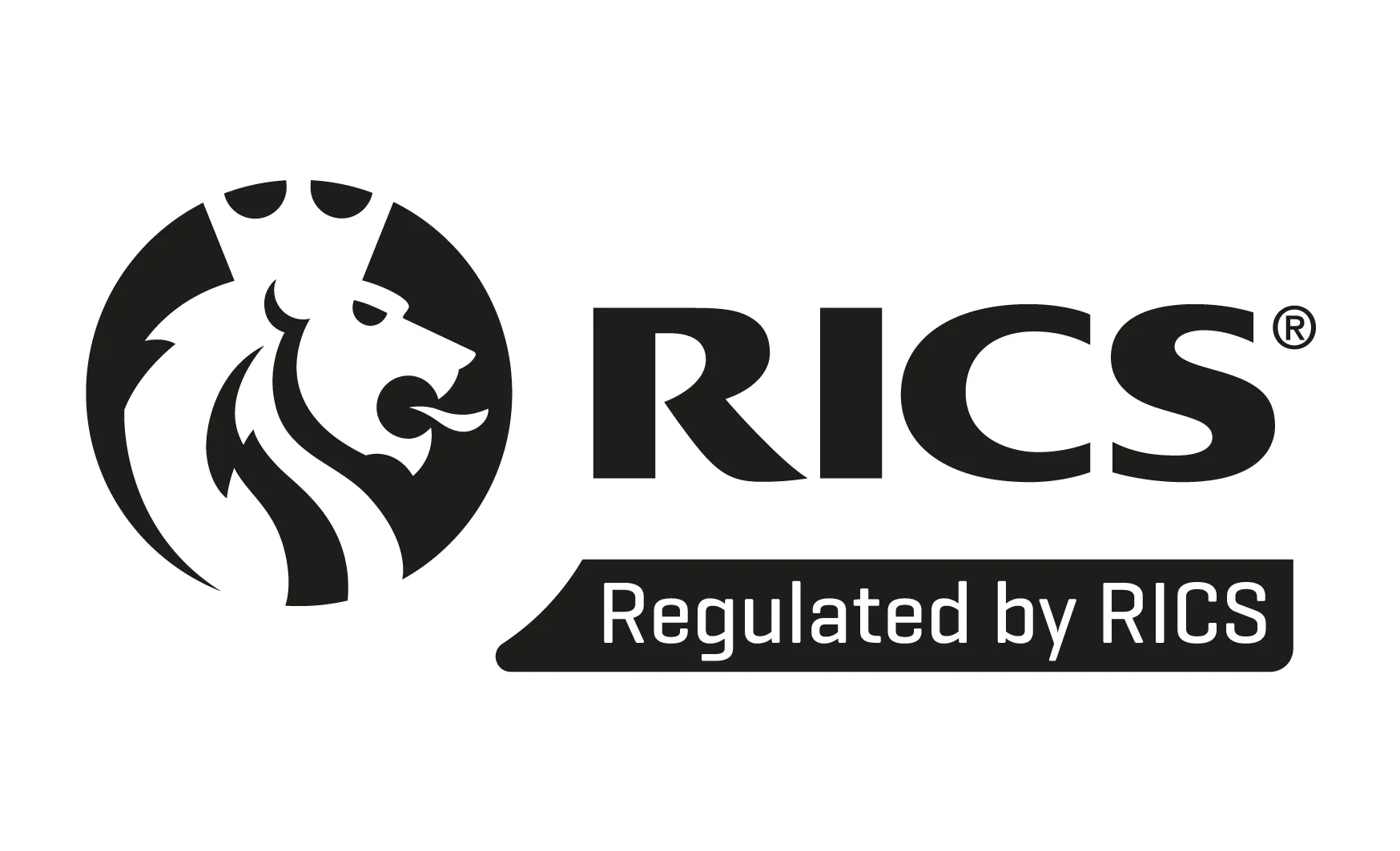The purpose of debt covenants is not to burden the borrower but rather to:
Examples of debt covenants:
- Interest Coverage Ratio (ICR): This is the measure of the borrower’s ability to repay interest
Net Rent / Interest
- Debt Service Coverage Ratio (DSCR): This is the measure of the ability to repay interest and any capital repayment
Net Rent / (Interest + Capital)
- Loan to Value: Measures ability to repay the outstanding amount from the real estate used as collateral
Debt / Value of Assets
- Debt Yield: Measures the return a lender would receive if the loan were to default and the lender needed to foreclose on the property
NOI / Outstanding Amount
Categories of Debt Covenants
The do’s and don’ts of debt covenants are split into 2 main categories:
Positive covenants – These indicate what the borrower must do within the agreement. They include the provision of yearly financial statements, regularly maintaining capital assets, meeting the requirements for different financial ratios etc
Negative covenants – These as you would guess are covenants that indicate what the borrower cannot do within an agreement. Some of these covenants include selling assets, borrowing more debt, the payments of dividends in cash etc.
Consequences of breaching a covenant
A breach of a covenant is a loan default where borrowers cease to make payments or fail to adhere to the do’s and don’ts of the debt agreement . Debt covenants are set in place to favour both the lender and the borrower so a breach in them by the borrower puts the lender at risk and depending on the severity, a number of actions can be taken by the lender to rectify this. These include:
- The repossession of assets
- Increase in interest rates
- Termination of agreement
- Full repayment of loan before end of loan term
- Demand more collateral
It is better to contact your lender early when you realise you’re in a position where you’re likely to breach a covenant. You will need to present to your lender a detailed plan on how you intend to get back on track. At the lender’s discretion, you may either have a positive outcome such as an extension of the loan or a payment holiday. On the other hand, the lender could also charge some financial penalties or ultimately seize all assets. It’s impossible to know what to expect from the lender until a discussion has been made with them as the outcome could go either way. It is therefore advisable or best practice to make sure you have your finances in check and are in the position to pay back any loan borrowed to avoid breaching any covenants.
Conclusion
Debt covenants are financial agreements between borrowers and lenders that protect the lenders interests and ensure only acceptable levels of risk exposure exist. Understanding debt covenants is key to selecting the right lender.











